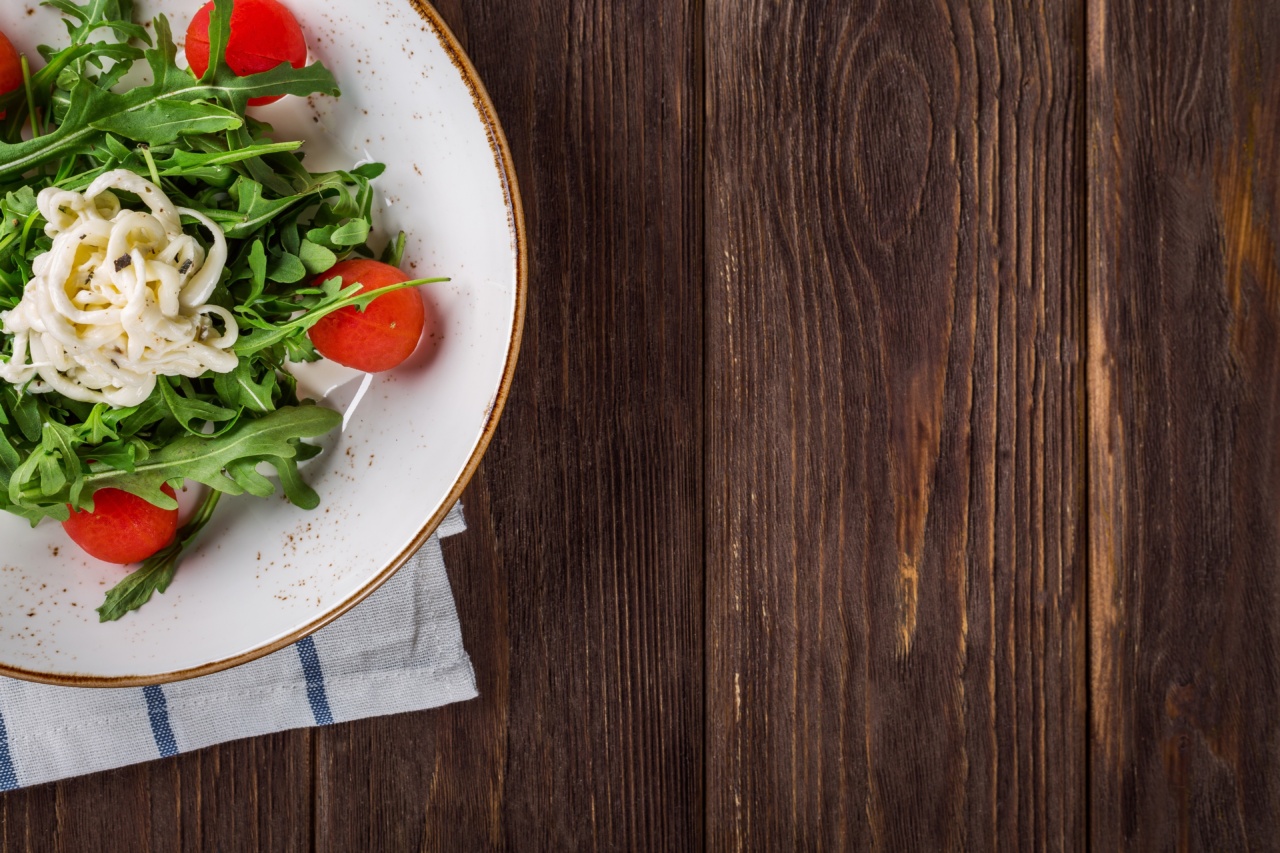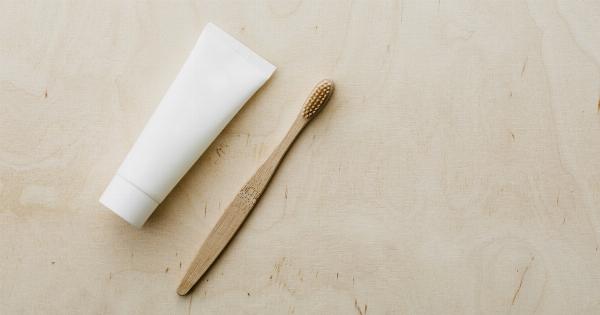Salt, also known as sodium chloride, plays an important role in our diets. It enhances the flavor of our food, preserves it, and adds texture.
However, consuming too much salt can be harmful to our health and can lead to conditions like high blood pressure, stroke, and heart disease. The recommended daily intake of salt is less than 2,300 milligrams (mg) per day but most people consume more than 3,400 mg per day, according to the American Heart Association.
Reducing your salt intake can improve your overall health and increase the longevity of your life. Cutting back on salt may seem difficult at first but with a few simple changes to your diet, it can become a healthy habit.
Here are 30 easy ways to cut back on salt in your diet.
1. Cook at Home
When you cook at home, you have control over the amount of salt you add to your food. Instead of using salt to enhance the flavor of your food, try using herbs and spices like basil, oregano, and rosemary.
Not only do these herbs add flavor, but they also come with many health benefits.
2. Read Labels
Reading food labels can help you identify high-salt foods and make healthier choices. Look for foods that contain less than 140 mg of sodium per serving and avoid foods that contain more than 400 mg of sodium per serving.
3. Eat Fresh Fruits and Vegetables
Fruits and vegetables are low in sodium and high in nutrients. Eating fresh produce is a healthy and easy way to reduce your salt intake. Try to include a variety of colorful fruits and vegetables in your diet to get the most nutrients.
4. Avoid Processed Foods
Processed foods are often high in salt and other unhealthy ingredients. Try to limit your intake of processed foods like fast food, frozen dinners, and canned foods. If you do eat these foods, choose low-sodium options whenever possible.
5. Skip the Salt Shaker
While it may seem obvious, skipping the salt shaker is an easy way to reduce your salt intake. Instead, try adding a squeeze of lemon, lime, or vinegar to your food for flavor.
6. Choose Low-Sodium Products
Many food companies produce low-sodium products, such as bread, canned foods, and condiments. Look for these products in your grocery store to lower your salt intake.
7. Use Citrus
Citrus fruits like lemons and limes can add a tangy flavor to your food without the need for salt. Add citrus juice to your salad dressings, marinades, and sauces for a fresh twist.
8. Experiment with Vinegars
Vinegars like balsamic, rice, and apple cider can add a delicious flavor to your food without the need for salt. Use vinegar on your salads, vegetables, and even proteins for an extra pop of flavor.
9. Cut Back on Soy Sauce
Soy sauce is high in sodium and can add a lot of salt to your food. Use it sparingly or switch to low-sodium soy sauce to reduce your salt intake.
10. Use Spices
Spices like cumin, turmeric, and paprika can add flavor to your food without the need for salt. Use these spices to season your proteins, vegetables, and grains.
11. Avoid Sauces and Gravies
Sauces and gravies can be high in salt content. Try to avoid them whenever possible or use them sparingly.
12. Make Your Own Condiments
Condiments like ketchup and mustard can be high in salt. Making your own condiments at home can help you control the sodium content and use healthier ingredients.
13. Cut Back on Cheese
Cheese can be high in sodium and unhealthy fats. Try to limit your intake of cheese or choose low-sodium versions whenever possible.
14. Cook with Herbs
Herbs like cilantro, parsley, and dill can add flavor to your food without the need for salt. Use fresh herbs to season your food and add a fresh taste.
15. Choose Fresh Meats
Fresh meats are generally lower in salt than processed meats like bacon and ham. Choose fresh meat whenever possible and avoid processed meats.
16. Reduce Portion Sizes
Reducing your portion sizes can help you cut back on salt. Eating smaller portions will naturally reduce the amount of salt you consume.
17. Eat More Whole Grains
Whole grains like brown rice and quinoa are a healthy and low-sodium alternative to processed grains like white rice and pasta.
18. Cut Back on Pickled Foods
Pickled foods like pickles and olives can be high in sodium. Try to limit your intake of pickled foods or choose low-sodium versions.
19. Try Foods with Umami
Umami is a flavor that is often described as savory or meaty. Foods like mushrooms, tomatoes, and soy sauce contain umami and can add a rich flavor to your food without the need for salt.
20. Avoid Seasoning Salts
Seasoning salts like garlic salt and onion salt can be high in sodium. Either skip them entirely or try making your own seasoning mixes with herbs and spices.
21. Use Nutritional Yeast
Nutritional yeast is a type of yeast often used as a vegan alternative to cheese. It has a savory flavor and can add a cheesy taste to your food without the need for salt. Add it to your salads, popcorn, and roasted vegetables.
22. Try New Foods
Trying new foods can help you find low-sodium alternatives to your favorite high-salt foods. Experiment with different cuisines and recipes to find new flavors.
23. Avoid Smoked Foods
Smoked foods like smoked salmon and smoked ham can be high in salt. Try to limit your intake of smoked foods whenever possible or choose low-sodium options.
24. Use Low-Sodium Broths and Stocks
Broths and stocks can be high in sodium, but many companies produce low-sodium options. Look for low-sodium broths and stocks in your grocery store or make your own at home.
25. Choose Low-Sodium Snacks
Snacks like chips and crackers can be high in salt. Look for low-sodium snack options like nuts, seeds, and fresh fruit.
26. Avoid Adding Salt to Boiling Water
Adding salt to boiling water when cooking pasta and grains can add unnecessary salt to your food. Skip the salt and add flavor with herbs and spices instead.
27. Use Tomato Paste instead of Salt
Tomato paste can add a delicious umami flavor to your dishes without the need for salt. Add it to your soups, stews, and sauces for extra depth of flavor.
28. Skip Processed Cheeses
Processed cheeses are often high in sodium and unhealthy fats. Try to avoid them or choose low-sodium versions whenever possible.
29. Eat More Fish
Fish is generally low in salt and high in healthy omega-3 fatty acids. Try to include fish in your diet at least twice a week for optimal health.
30. Get Creative in the Kitchen
Getting creative in the kitchen can help you find new ways to reduce your salt intake. Experiment with different flavors and techniques to find healthy and delicious alternatives to high-salt foods.
Conclusion
Reducing your salt intake can have a major impact on your health and improve your quality of life. With these 30 easy ways to cut back on salt in your diet, you can make positive changes to your eating habits without sacrificing flavor.





























